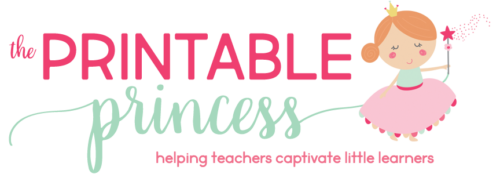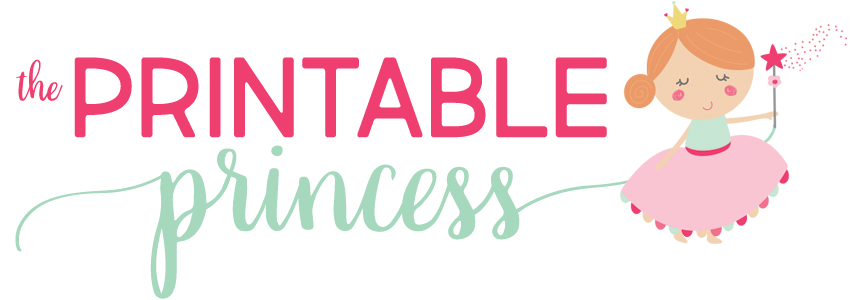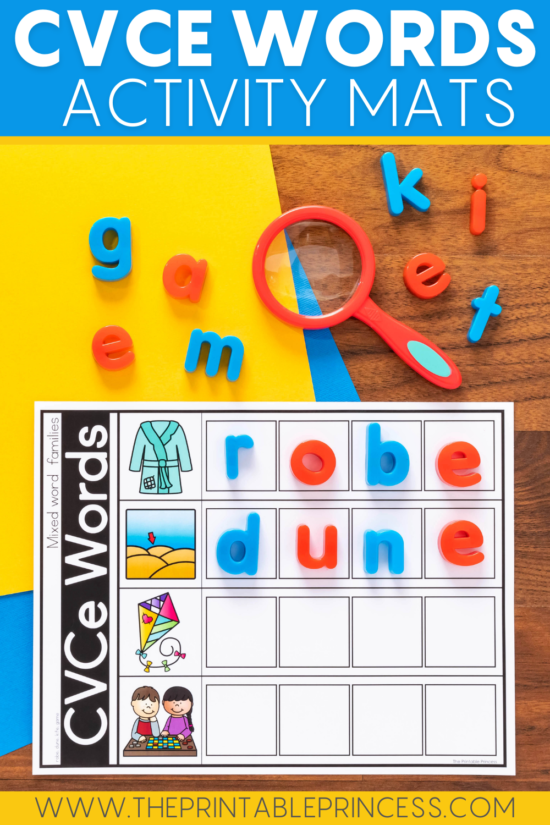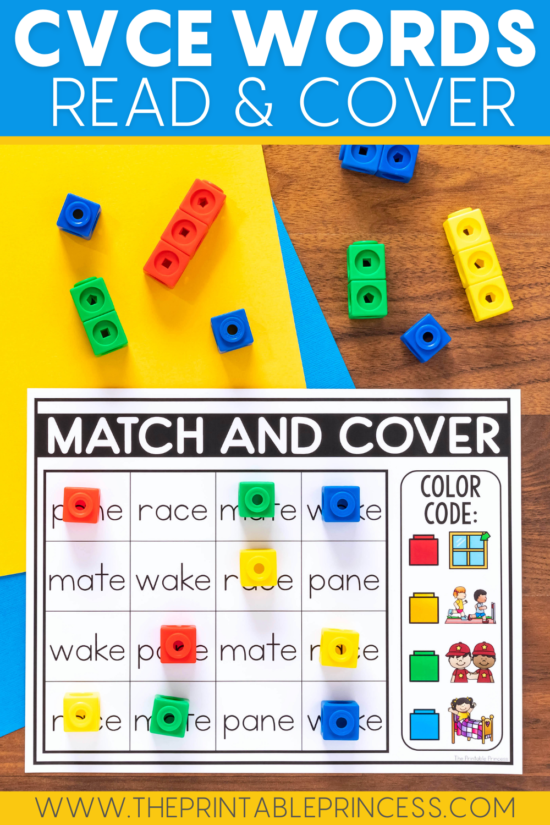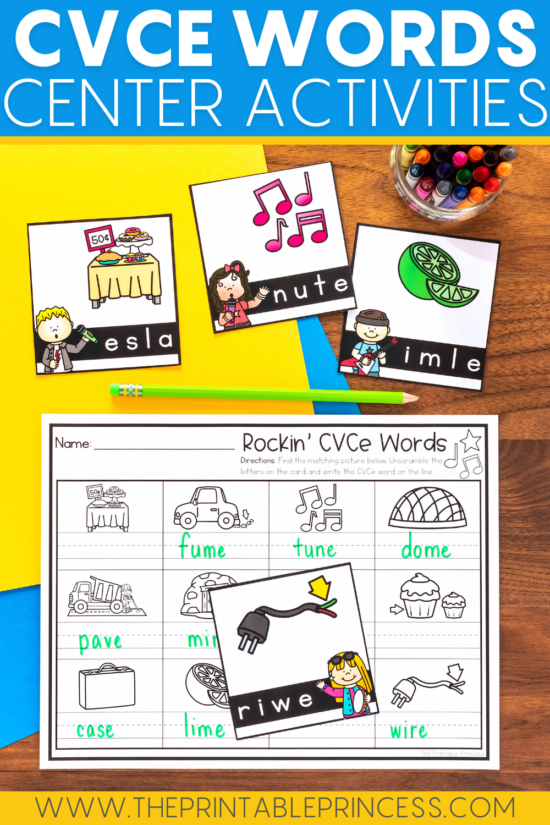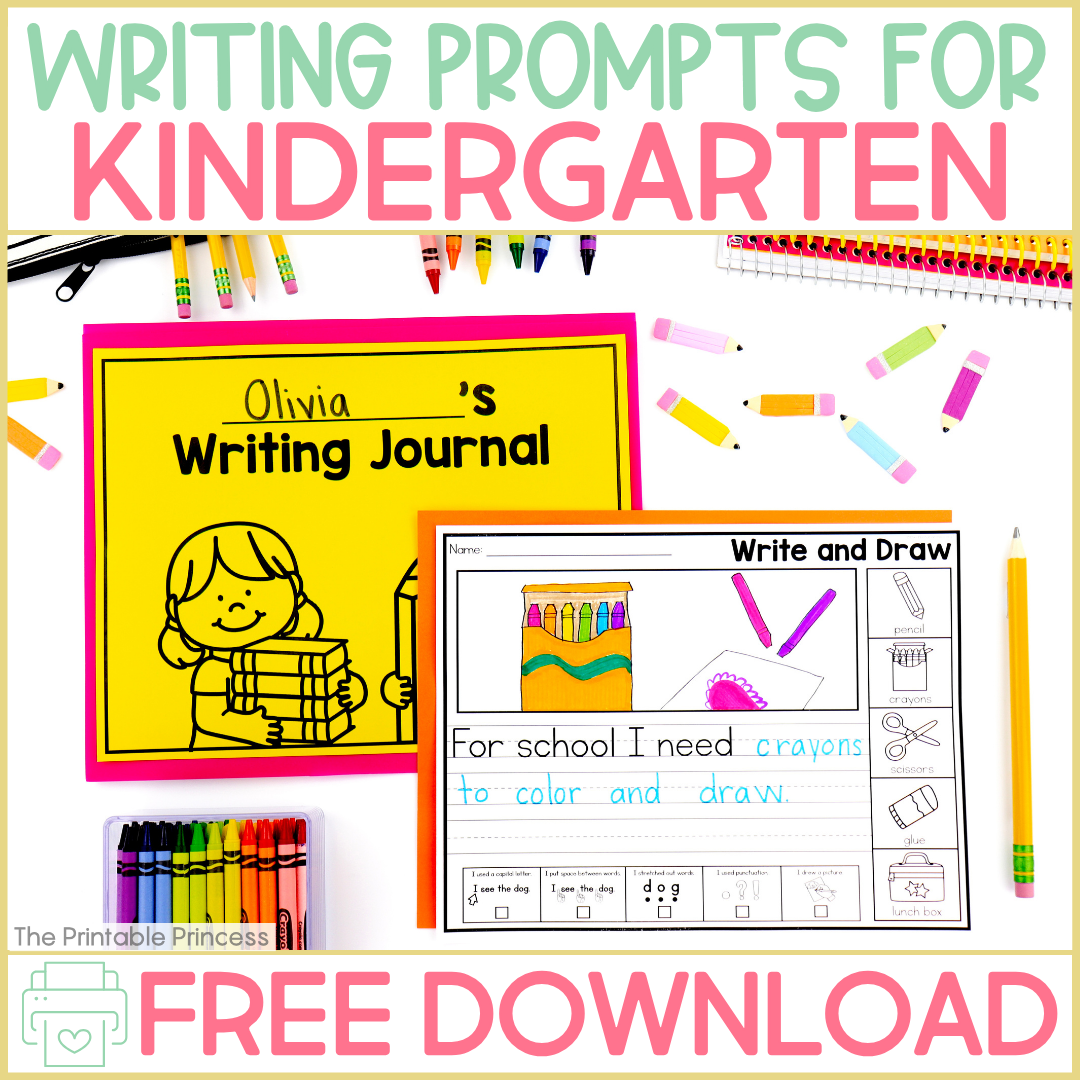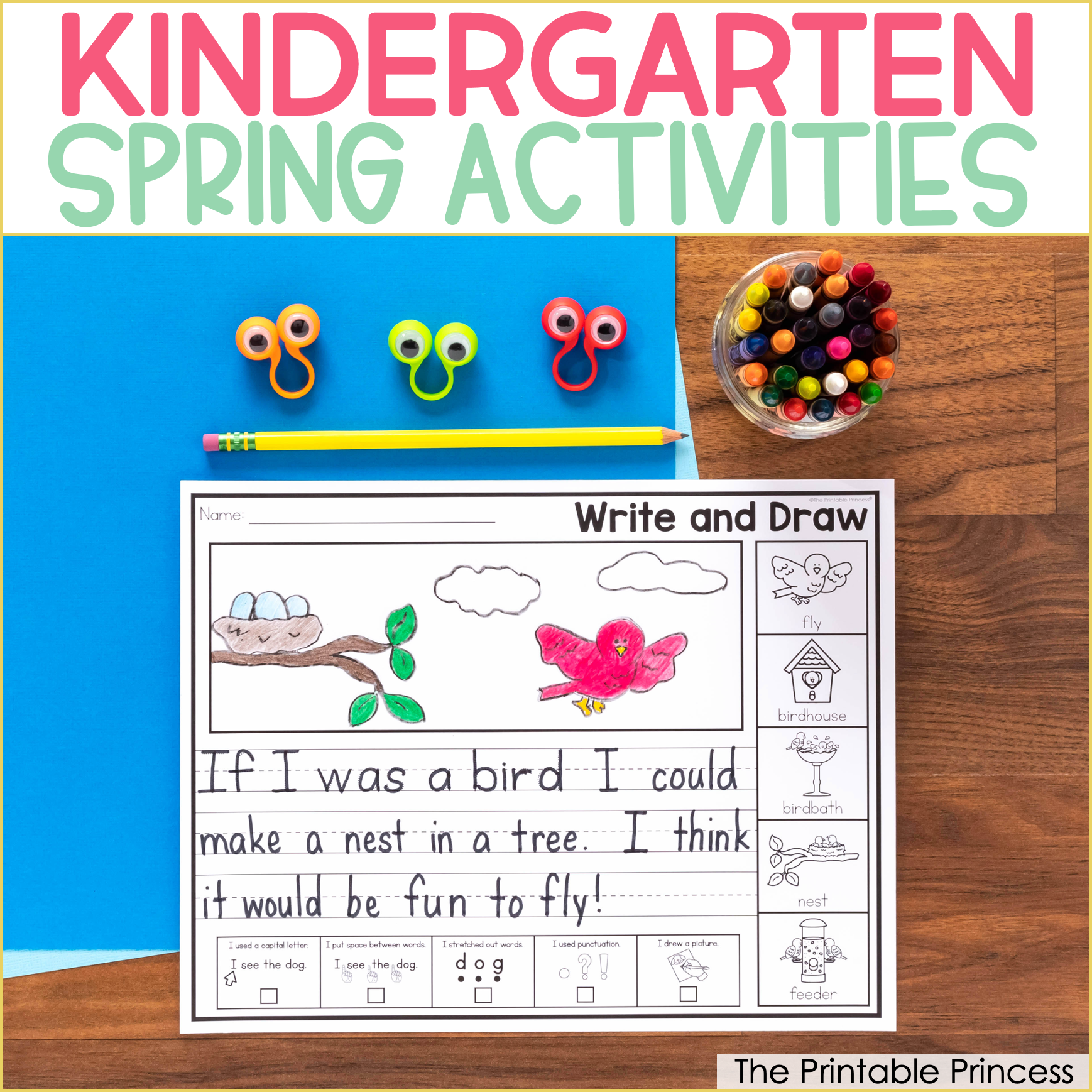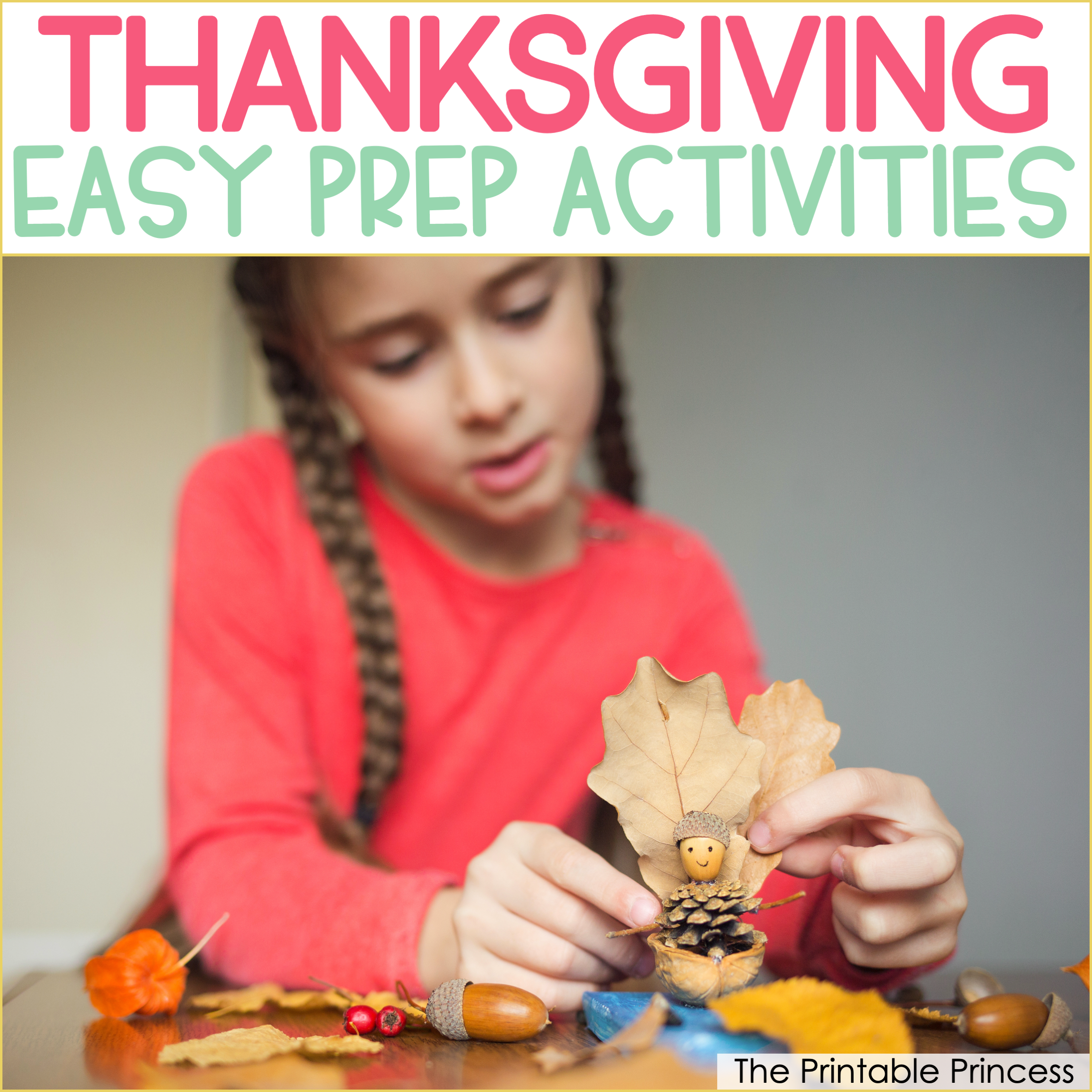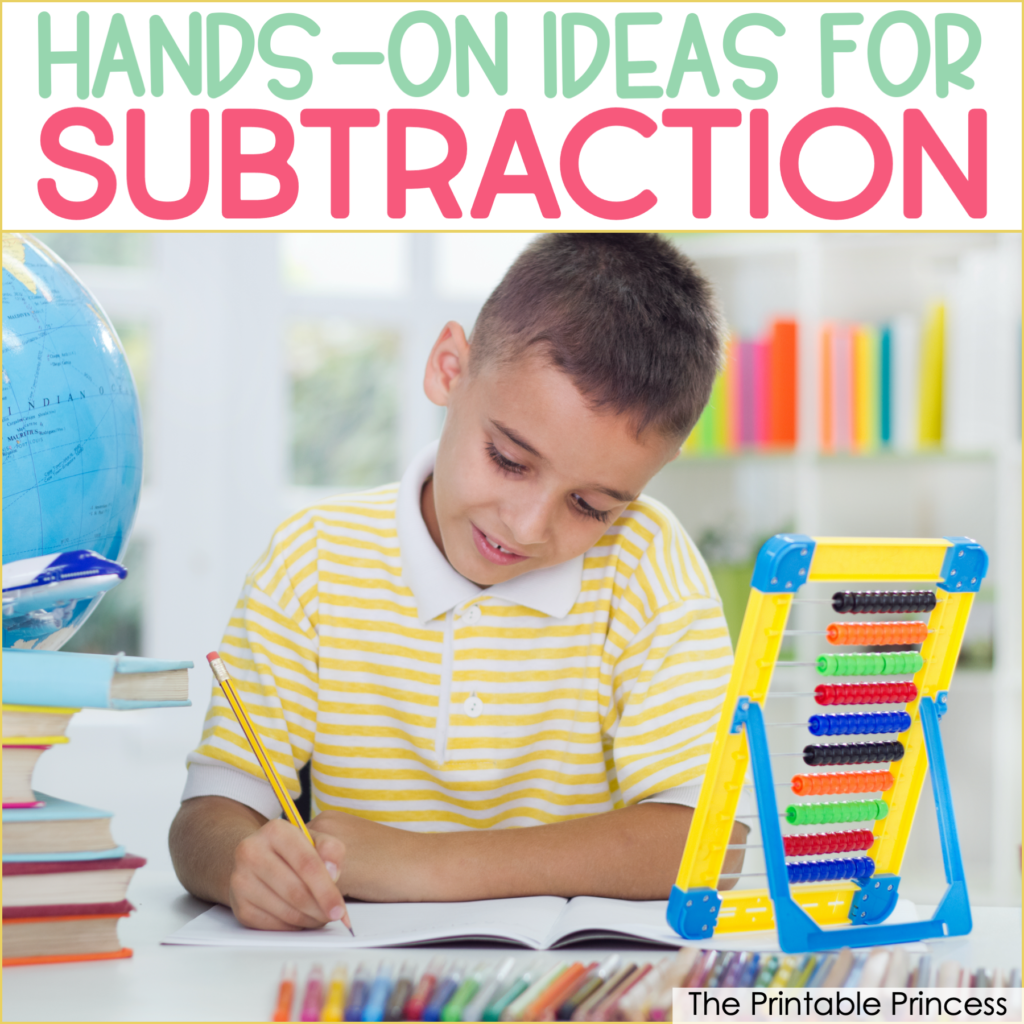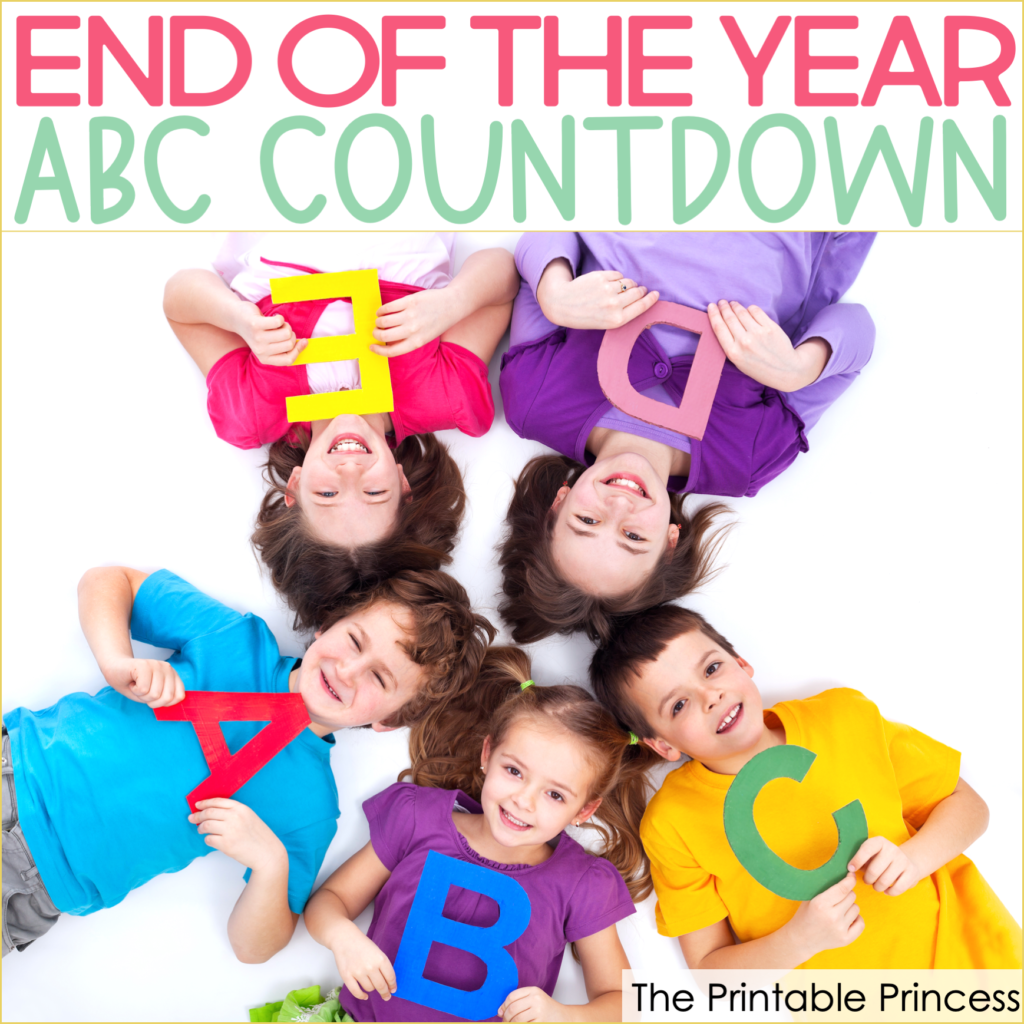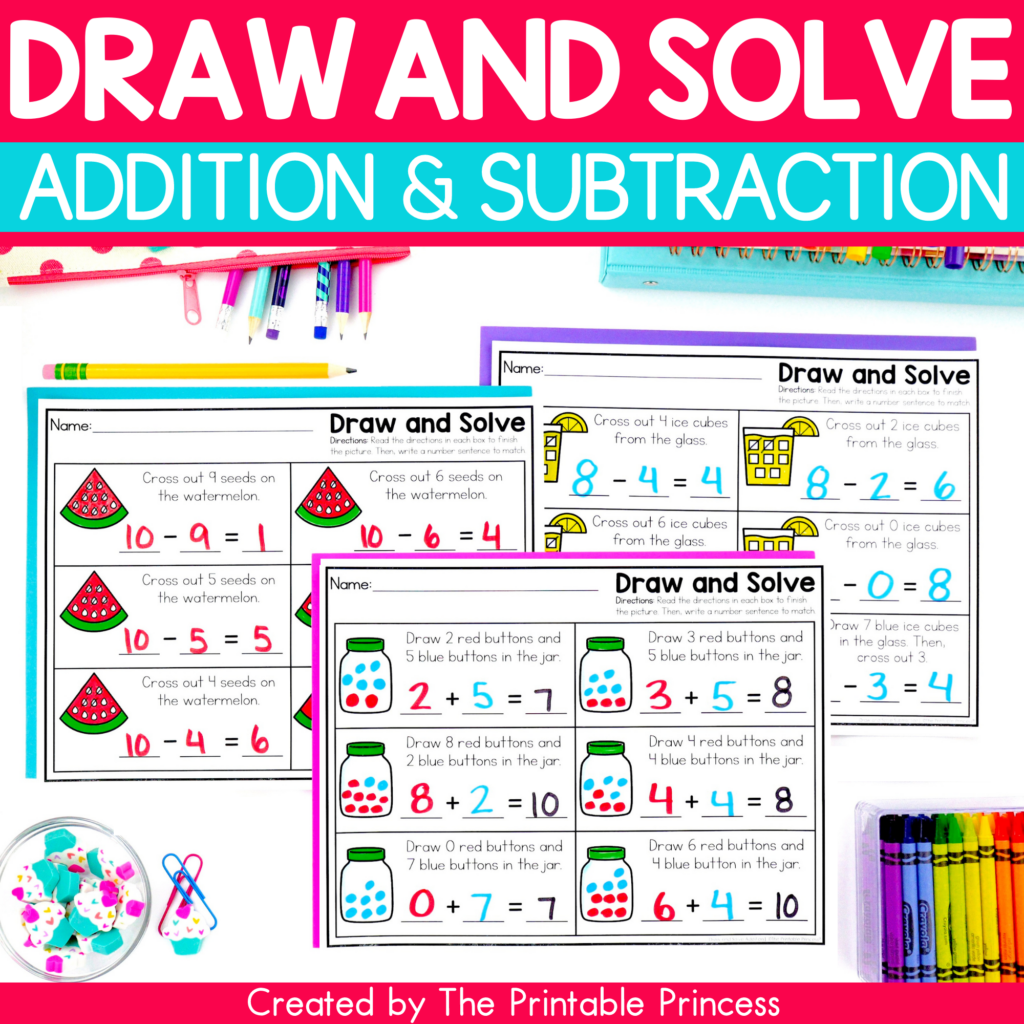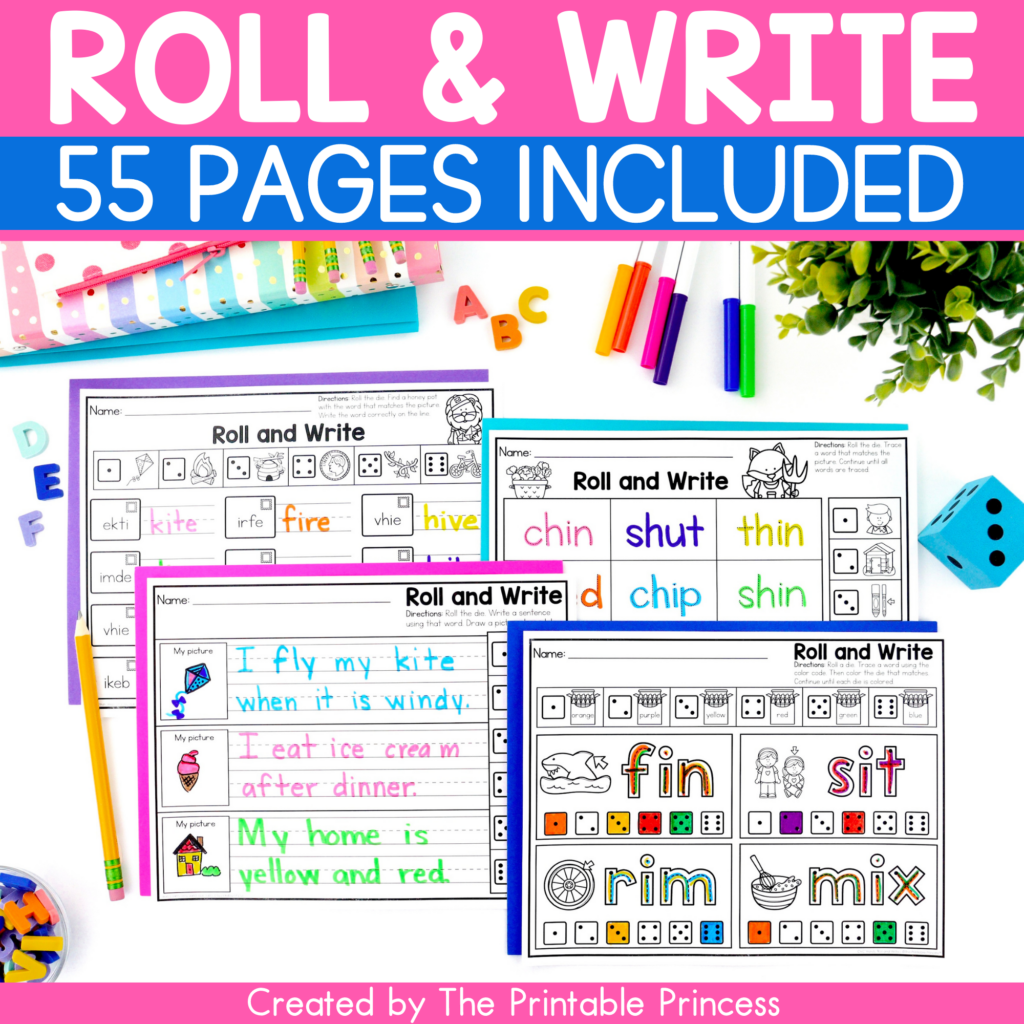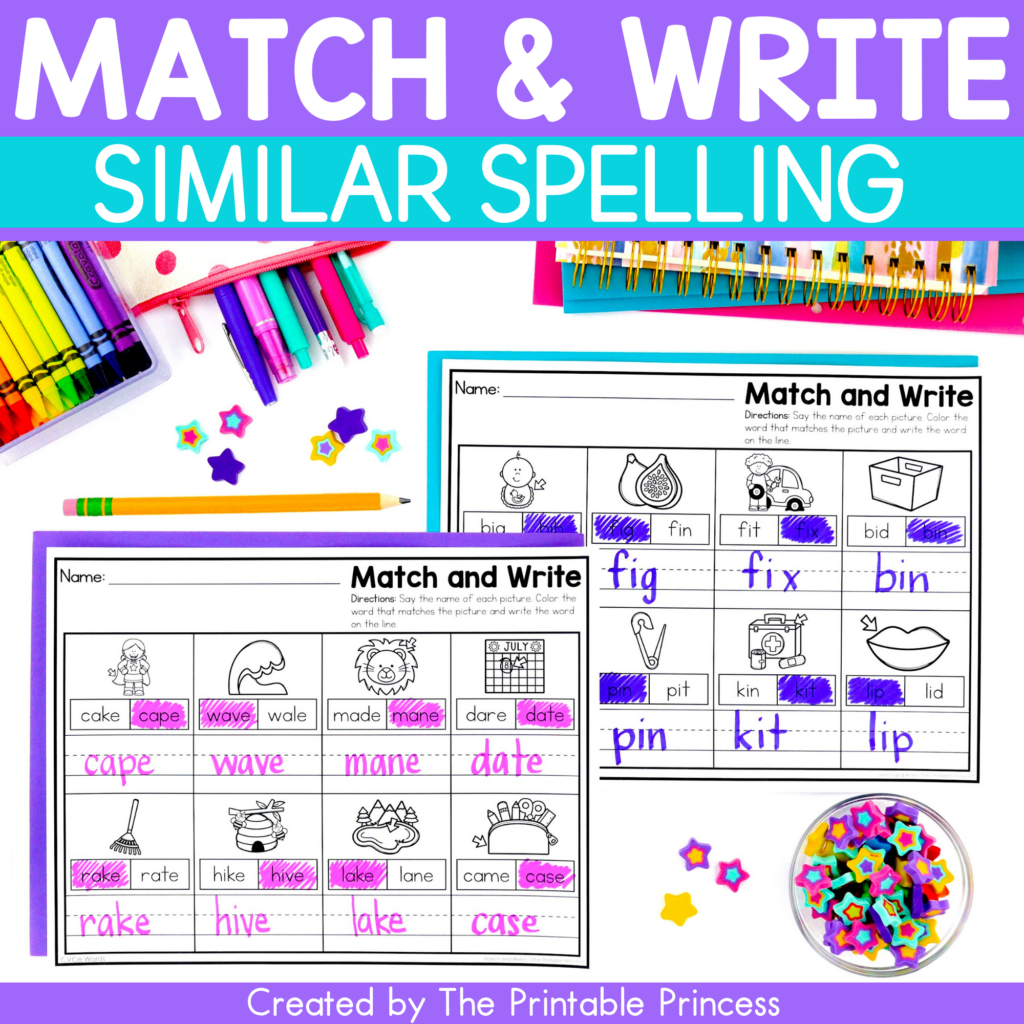Tips for Teaching CVCe Words in Kindergarten
I've heard from many teachers in my kindergarten teacher Facebook community that teaching CVCe words in kindergarten is an essential part of their literacy curriculum. Whether you call it the magic e, silent e, or sneaky e, these tips and activity ideas for teaching CVCe words will give your students the repetition and word work opportunities they need to master this skill.
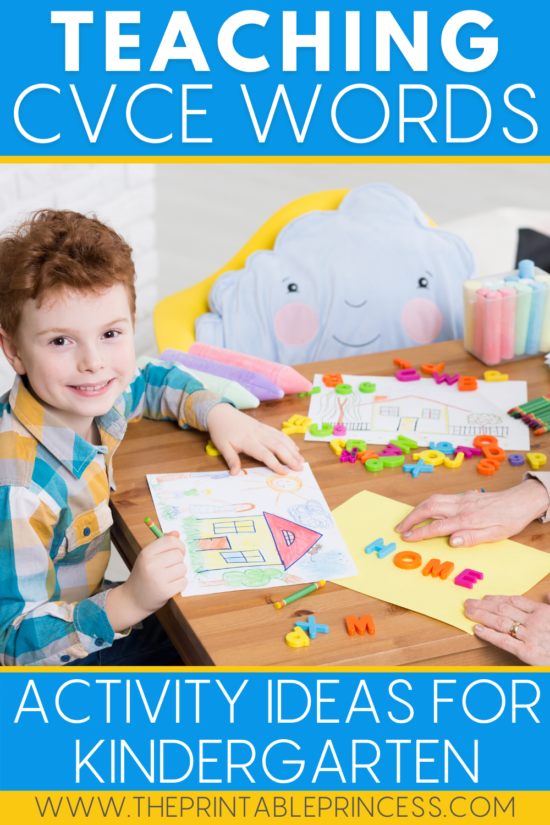
Scaffold the Learning Between Short and Long Vowels
When you begin teaching CVCe words in kindergarten, it's important to scaffold the learning. Help students connect the previously taught skill of using short vowels in CVC words to the new skill of using long vowels in CVCe words. This will help them naturally build on prior knowledge to expand their learning and grasp this literacy concept.
Tip #1: Compare CVC and CVCe words.
One strategy you can use to scaffold the learning and introduce CVCe words is to compare CVC and CVCe words. Write a CVC word on the whiteboard or on chart paper. Have students read and identify the word. Next to the word, write the same CVC word, except this time, add the silent e to make it a CVCe word. For example: kit—>kite.
Practice saying the CVCe word together. Reinforce the rule that the silent e makes no sound and tells the vowel to say its name. This strategy helps students understand the difference in short and long vowel sounds. This is an effective whole group or small group activity.
To help students further understand the impact that the silent e has on words, they can draw a picture of the CVC and CVCe word. This will help them see visually how the silent e makes it a completely different word.
Tip #2: Use visual aids.
Using visual aids when teaching CVCe words in kindergarten is another effective strategy. This helps students read CVCe words and understand the relationship between the silent e and long vowel sounds. To add a visual and hands-on element to your CVCe lessons, draw simple CVCe pictures on notecards. You can also use CVCe picture cards that you have in your classroom.
Students will draw a picture card, identify the CVCe word, and build the word next to the card using magnetic letters, creating their own CVCe word mat. It's helpful to use the red and blue magnetic letters that represent vowels and consonants. This allows students see the 2 vowels in each CVCe word and remember that the silent e tells the first vowel to say its name.
You can also have students write the words on a whiteboard instead of building them with magnetic letters. They can write the word and underline the vowels in the word to identify them. If you have access to technology, students can practice building words digitally with CVCe Boom Cards.
Work on One Long Vowel Sound at a Time
When you begin teaching CVCe words in kindergarten, it's important to teach one long vowel sound at a time. This will help reduce the overwhelm and confusion for students. It will also allow them to become familiar with each long vowel sound before moving on to the next.
Tip #3: Draw a graphic organizer.
Graphic organizers are a great way to help students practice reading words with each long vowel sound. Draw a simple idea web graphic organizer on the whiteboard or chart paper. Draw one large circle in the middle with several smaller circles attached to it, like a web. Write one long vowel in the middle.
Encourage students to brainstorm words that have that long vowel sound. You can give examples or hand out CVCe picture cards using that vowel sound to help them. Students will take turns coming up to the whiteboard and writing a CVCe word with that long vowel sound in the graphic organizer.
Encourage the class to see how many words they can come up with. Repeat this activity for each of the long vowel sounds in the beginning stages of teaching CVCe words in kindergarten. Another way to do this activity is to write various CVCe words on sticky notes and have students stick the correct long vowel sound words onto the graphic organizer.
Tip #4: Make a T-chart.
Another way to work on long vowel sounds is by making a simple T-chart. This will help students compare and sort words depending on their long vowel sound. You can draw a T-chart on the whiteboard, chart paper, or make a chart on the carpet using yard sticks to divide each column. Make sure there's a column for each long vowel sound that you're focusing on and a line across the top.
Write or use notecards to label each column with a long vowel. You can work on comparing 2 vowel sounds up to 4 long vowel sounds. Using the picture notecards or picture cards from the previous activity, have students take turns drawing a picture card, saying the word, and placing it under the correct vowel column to match the CVCe word to the correct long vowel sound.
Teach CVCe Words With Rhyming
Rhyming is a key kindergarten literacy skill that helps students make connections between word patterns and word families. Using rhyming to teach CVCe words is an effective way for students to learn the CVCe word pattern and practice reading words with long vowels and the silent e.
Tip #5: Match CVCe rhyming words.
When students apply rhyming skills to CVCe words, they're able to hear the long vowel sound pattern. This helps them come up with new CVCe words. To use rhyming to reinforce CVCe words, write CVCe rhyming words on notecards. For example: rake and bake; mine and fine. Mix up the cards and have students work together to match the correct CVCe rhyming pairs.
This is a great activity for small groups or CVCe literacy centers. You can easily differentiate by working on 1 long vowel sound at a time or including several long vowel word pairs to offer more of a challenge.
Tip #6: Play whole group CVCe Bingo.
Another fun way to teach CVCe words with rhyming is by playing Bingo. To prep, draw a basic Bingo board on the whiteboard. You can make it as big or small as you'd like. A 5 X 5 square board is a good size to start with. Write CVCe words with mixed vowel sounds in the spaces on the board. Write rhyming CVCe words on sticky notes.
To play, students will take turns drawing a sticky note and finding the matching rhyming word on the board and sticking it to cover the word. Play continues until the class has found a bingo. You can easily play this game multiple times by writing different words on the Bingo board and on the sticky notes.
I hope these tips for teaching CVCe words in kindergarten have left you feeling more confident about teaching this literacy skill. If you liked the activities found in this blog post, you can find them along with other printable and digital activities in my CVCe Words Bundle.

